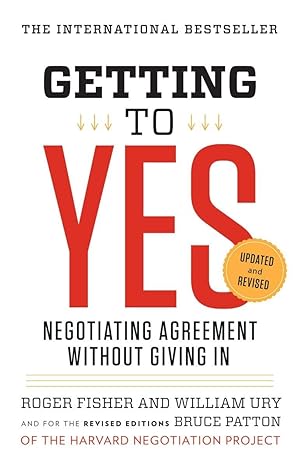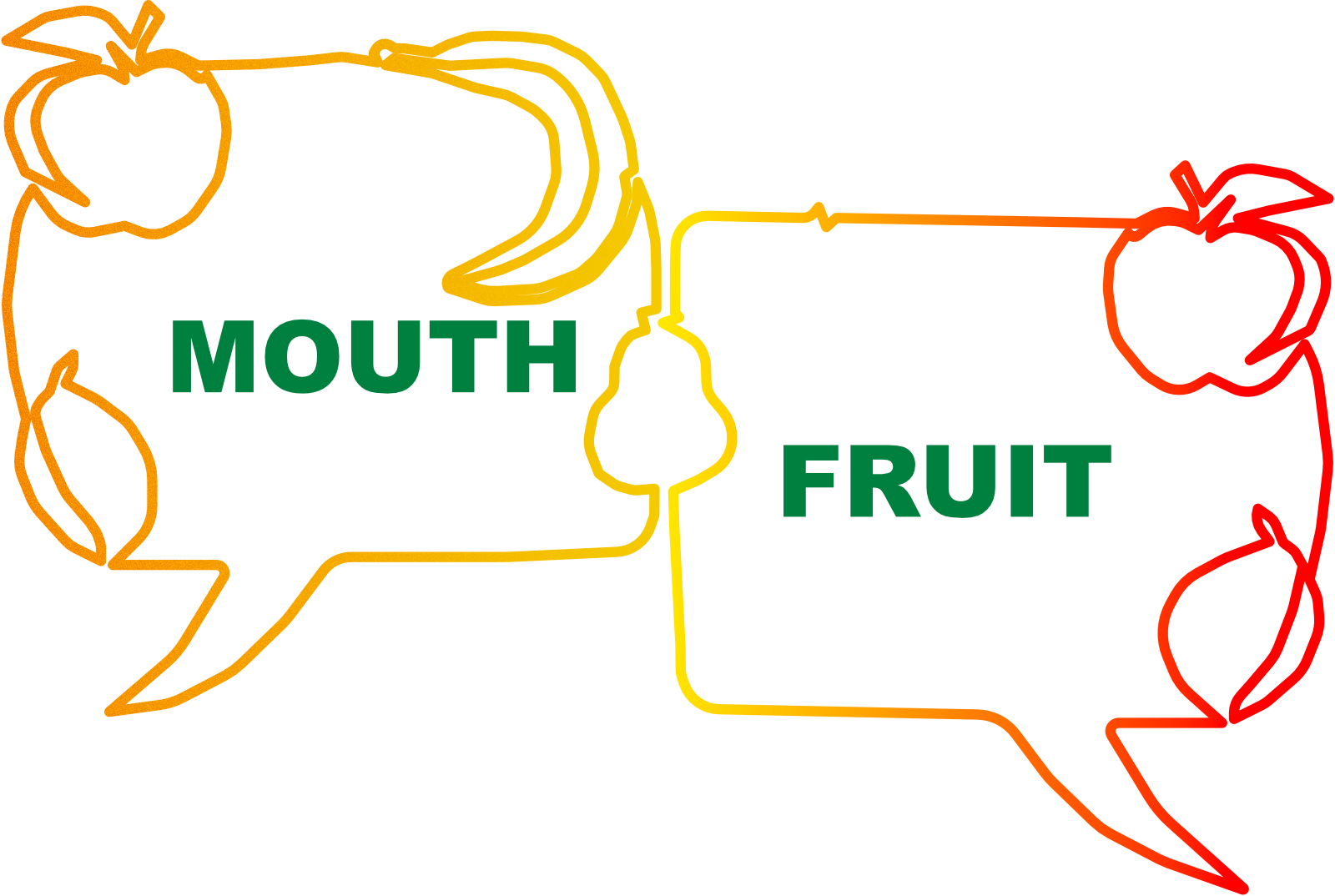The Pie is a Lie: ➍ A business view

Here is another way to look at the pie, and realize that, yes, the pie is a lie.
Let's look at problems in negotiation and market share.
Negotiation
Harvard's Program on Negotiation (PON) at Harvard Law School has done extensive research on what the call the "mythical pie mindset". This is the false assumption that negotiation is predominately zero-sum. This program has been expanded to include dispute resolution.
The roots of this program include the 1981 classic Getting to Yes by Fisher and Ury.
Here are some applicable findings.
The fixed-pie bias
Research shows executives often mistakenly believe they're negotiating over a fixed pie where gains for one side necessarily mean losses for the other, leading them to focus exclusively on claiming value rather than creating it.
The interpretation core
This assumption leads negotiators to interpret competitive situations as purely win-lose, when in reality situations that appear to be zero-sum rarely are.
Expanding the pie
The PON research emphasizes that expanding the pie through integrative negotiations involves both parties revealing their interests early on, asking questions to understand the other side's priorities, and being willing to share one's interests.

Getting to Yes
This classic offers a straight-forward, universally applicable method for negotiating personal and profession disputes. (Note: Mouth Fruit has not read this yet. This means that this is not a recommendation but an opportunity to explore more.)
View on AmazonMarket Share
Often, when discussing the market for a product line, we use a pie chart.

But, remember, the pie chart sends the hidden message that the total is fixed.
The best examples are in shrinking markets. In some cases the decisions were hard as in the film industry. In other cases, it should have been easy and obvious as in manufacturing pipe cleaners.
Kodak and Fujifilm
In the first decade of this century, the market for color film crumbled. Fujifilm and Kodak were in trouble.

Fujifilm not only kept a push for its marketshare of film, it expanded into markets where it had applicable technology, even cosmetics, and expanded the product lines to better server the imaging market.
Kodak made feeble half-hearted attempts to enter the digital needs of the market, but for the most part it keep itself trapped into trying to increase market share in a dwindling market.
Though moving into digital is a big part of this, the key was in multidimensional ways to expand.
Pipe Cleaners
This applies to what happened with pipe cleaners. The shift from utility to craft material happened gradually and organically. Those looking to increase market share lost; those who could see past the pie chart and looked to an expanding market succeeded.

This one should have been easy.
The successful cleaners for smoking pipes were invented by John Harry Stedman and Charles Angel in Rochester in the early 1990s. Though Stedman held the IP, several companies produced pipe cleaners. The rights were sold to BJ Long.
Parents and teachers were noticing in the mid-20th century that pipe cleaners were handy in craft projects. Designers used them as aids. These were marketed as "chenille stems" by some companies. The small company Hewitt & Booth jumped onto this, expanding the market for "pipe cleaners" into craft supplies.
BJ Long looked up and saw the scientific cleaning market, but kept much of the other new markets including the original pipe-cleaning market. But, executives were able to look over at what competition was doing and and call for a move into crafts
The other manufactures did not survive or downsized gracefully.
Those that stayed small typically sold pipe cleaners designed for pipes for their smoking pipe customers. Some survived in small narrow markets. Even so, many pipe smokers still look to BJ Long. I'm guessing most of those small outlets have them made by Hewitt & Booth (a small flexible company) or BJ Long (a larger efficient company).
Note that both BJ Long and the small Hewitt & Booth companies took advantage of the expanded markets explored by the other.
The losers? We don't hear much of those who seem to be now ghost brands or private labels. There are a few with specialized markets. Perhaps because they still looked at market share rather than the expanding market. Some still have a following.

Fruitful Dialogue
Much of this is thinking outside of the box. I mean pie.
The negotiation part might be more obvious. We use fruitful dialogue to better understand what others want. This might apply not only to (say) an exchange of product and cash, but also to more conversation.
The percentage share vs expansion is an example that illustrates two ways. Either or both participants can get more out of a conversation. As we learn about another, we can not only learn about how one feels on a particular subject but also recognize that other subjects are important.
More and more I recognize that the pie is a lie.
In the next few posts we see what microeconomics and the Tardis have to say about this.
